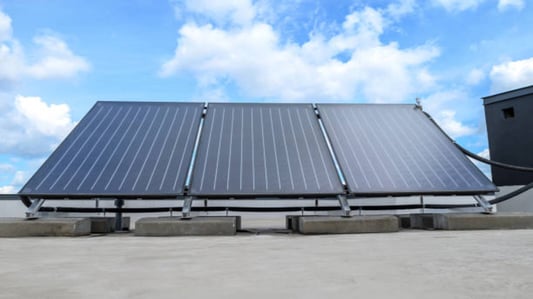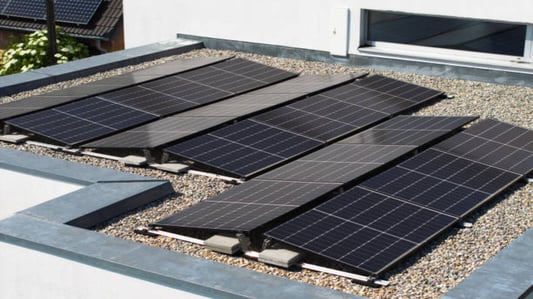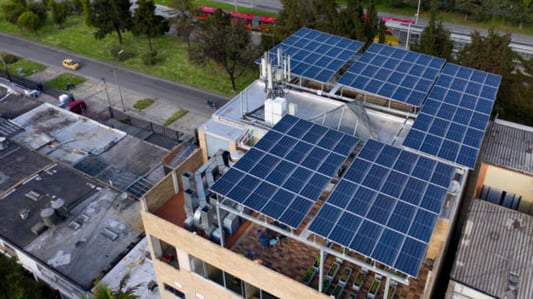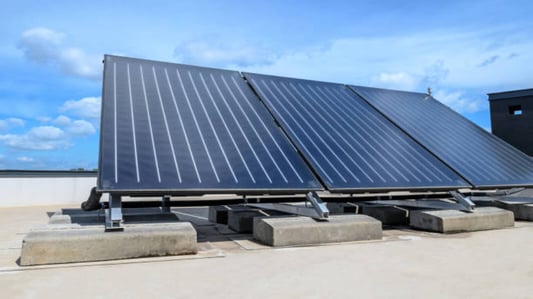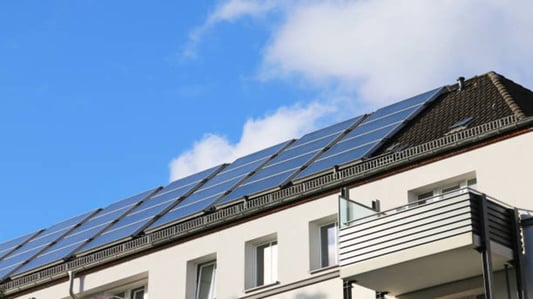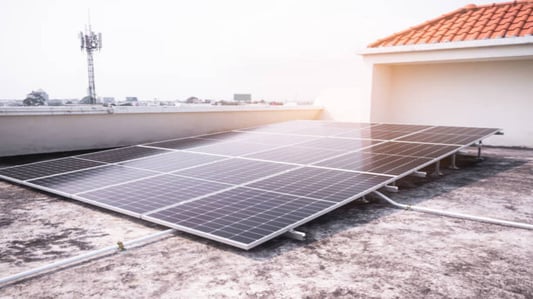Introduction: Understanding Solar Panel Mounting SolutionsInstalling solar panels is an effective way to reduce your carbon footprint and save money on energy bills. However, choosing the right mounting solution is crucial for harnessing the maximum energy efficiency. When it comes to flat roof installations, two popular options are fixed and adjustable solar panel mounts. In this article, we will be discussing the key differences between the two and which one is optimal for your specific needs and preferences.Pros and Cons of Fixed Flat Roof Solar MountsFixed flat roof solar mounts are the most straightforward and cost-effective solution for mounting solar panels. They are commonly used in residential and commercial applications where the roof inclination is relatively shallow (<15 degrees). Fixed mounts require little to no maintenance, and can withstand harsh weather conditions.However, the main drawback of fixed mounts is that they are not adjustable. This means that they are fixed in a specific angle and cannot be adjusted to optimize the solar panel orientation with respect to the sun's position and seasonality. This can lead to a significant loss of energy efficiency, especially during winter months when the sun's angle is lower.Pros and Cons of Adjustable Flat Roof Solar MountsAdjustable flat roof solar mounts, on the other hand, offer greater flexibility and energy efficiency, as they can be optimized for the specific location, roof inclination, and solar panel type. Adjustable mounts can be manually or automatically adjusted to achieve the optimal angle and orientation of the solar panels for optimal energy harvest.However, adjustable mounts come with a higher cost and require more maintenance than fixed mounts. Automatic adjustable mounts also require additional electrical connections, which can increase the installation complexity and cost. Furthermore, adjustable mounts may not be suitable for areas with high wind loads or snow accumulation, as they may pose stability and safety concerns.Factors to Consider when Choosing between Fixed and Adjustable Solar MountsWhen choosing between fixed and adjustable solar mounts for a flat roof installation, several factors need to be considered:The geographic location and site-specific solar radiation conditionsThe roof inclination and orientationThe type and size of the solar panelsThe expected energy production and system efficiencyThe budget and maintenance requirementsThe Bottom Line: Which One is Right for You?Choosing between fixed and adjustable solar mounts ultimately depends on your specific needs and preferences. If you are looking for a simple, cost-effective solution that requires little to no maintenance, a fixed mount might be the best choice for you. On the other hand, if you want to maximize energy efficiency and are willing to invest in a more sophisticated and versatile solution, an adjustable mount might be the way to go.Conclusion: Making an Informed DecisionNo matter what type of solar panel mounting solution you choose, it is important to do your research and work with experienced professionals to ensure that your installation meets local building codes and safety regulations. Solar panels can be a major investment, and choosing the right mounting solution can have a significant impact on the return on your investment and the longevity of your system.Quote InquiryContact us!


